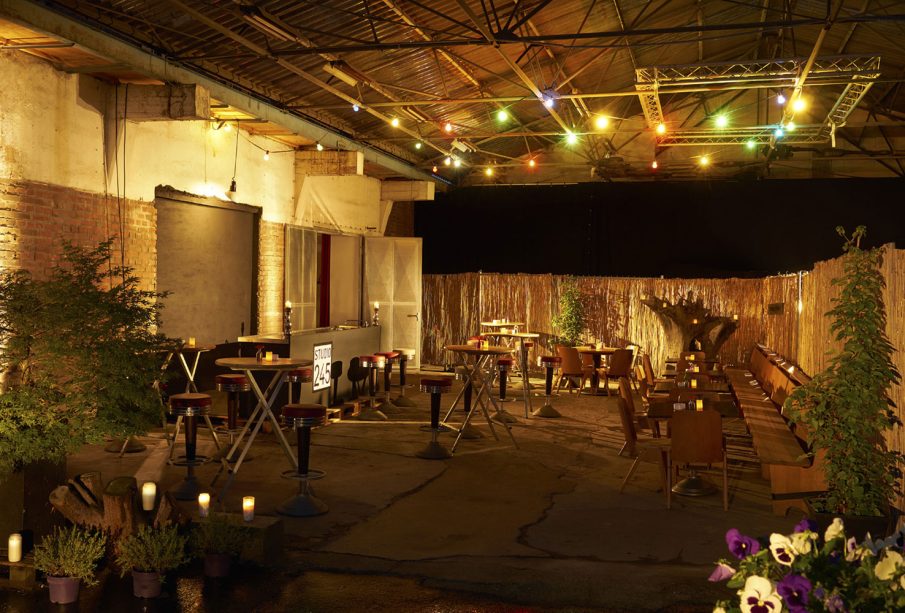The Evolution and Importance of the Modern Studio

Introduction
In an era defined by rapid technological advancements and artistic expression, studios are pivotal in shaping contemporary culture. They serve as the birthplace for creative ideas across various fields, including music, film, art, and design. As more individuals pursue careers in the creative industries, the significance of studios has only intensified, making it essential to understand their evolution and impact on society.
The Changing Landscape of Studios
Historically, studios were heavily associated with particular artistic disciplines. Traditional music studios were primarily built for recording and producing songs, featuring high-end equipment and acoustically designed rooms. Similarly, film studios provided filmmakers with the resources necessary for shooting and editing films. However, the advent of digital technology has led to a significant transformation. Today, the concept of a studio has expanded beyond physical locations to include online spaces that facilitate collaboration among creatives from across the globe.
Current Trends in Studio Design
Modern studios embody flexibility and accessibility. Many creative professionals are opting for home studios or shared spaces that enable cost-effective and versatile working conditions. This shift makes it easier for emerging artists and entrepreneurs to bring their projects to life without the hefty financial burden associated with traditional studio locations.
Furthermore, design trends have evolved to create multi-purpose environments that cater to a wide array of activities. Studios are often designed with functional furniture, soundproofing, and advanced technology to accommodate various tasks, from podcasting to video editing, and even virtual collaborations. For instance, several companies now provide modular studio solutions that can be tailored to meet specific needs, promoting a more inclusive environment for creators.
The Role of Studios in Collaborations
Studios are not just spaces for individual creativity but also serve as collaborative hubs. The increasing trend towards co-working studios breaks down barriers between different creative disciplines. Designers, musicians, and artists can all collaborate under one roof, fostering innovation and cross-pollination of ideas. Virtual studios have also gained traction, allowing individuals to work together regardless of geographic limitations.
Conclusion
The importance of studios in today’s creative landscape cannot be overstated. They have evolved from traditional spaces to versatile environments that encourage collaboration and innovation. As technology continues to advance, we can expect to see even more changes in how studios operate, linking creativity with accessibility. For aspiring creators, understanding the significance and potential of modern studios is vital for navigating their careers and realising their artistic visions. The studio is no longer merely a place of work; it is a catalyst for creativity in a rapidly evolving world.









